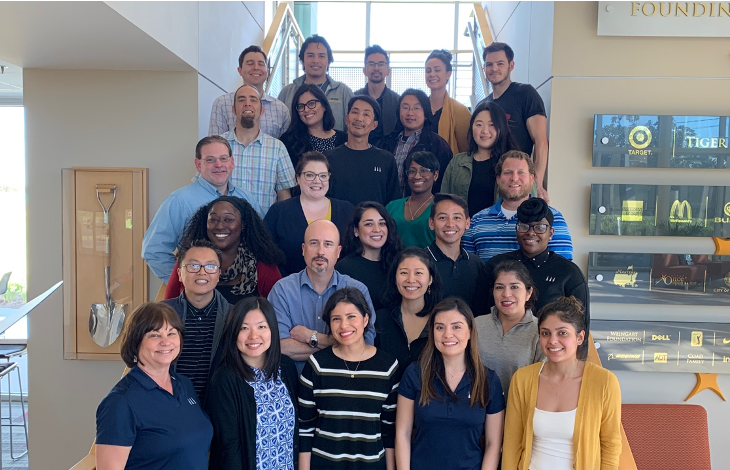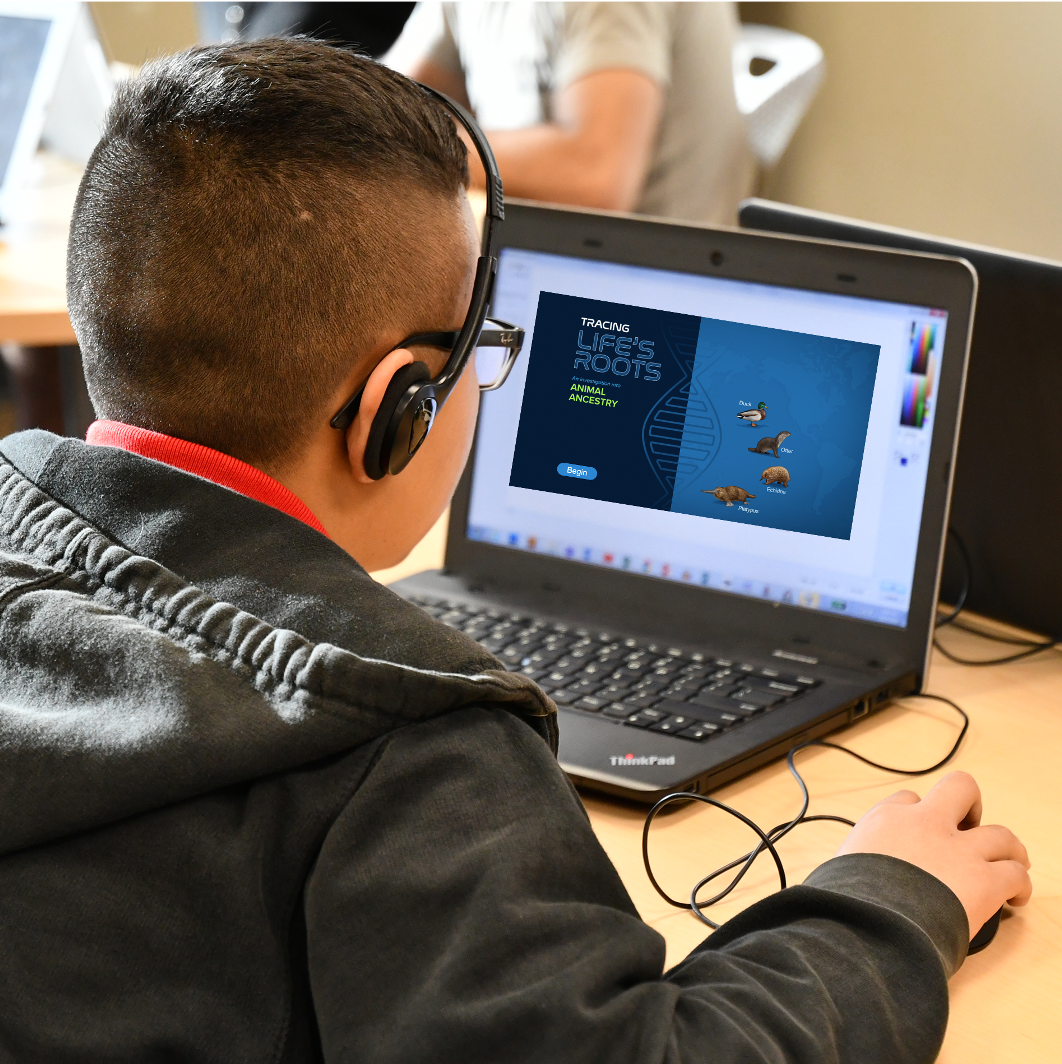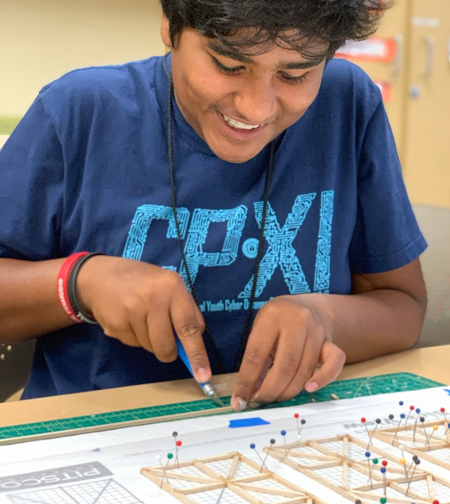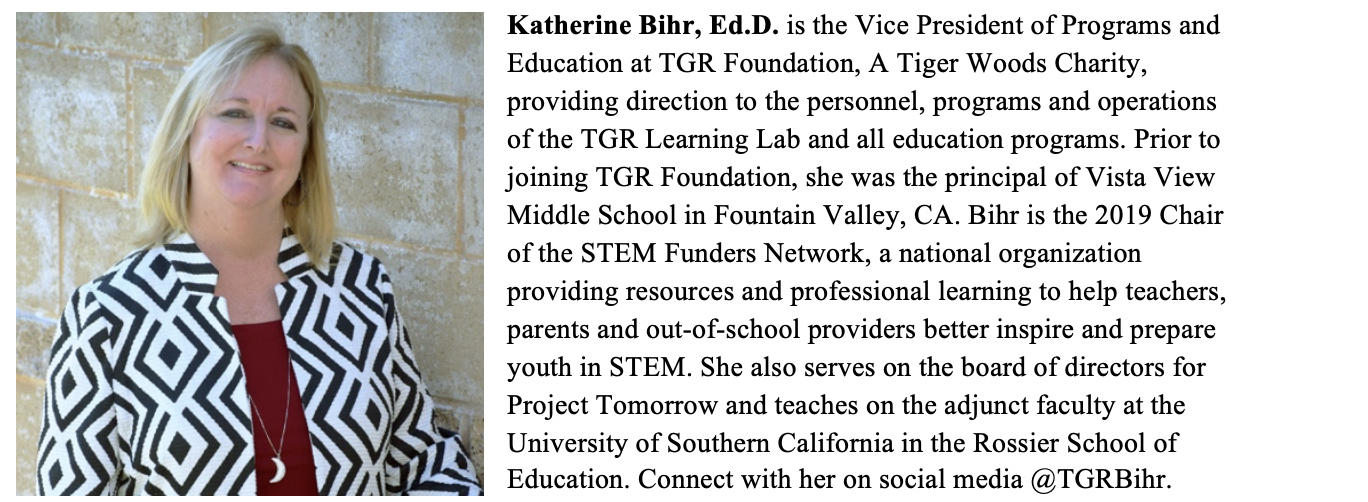Embracing the present and future of education: 7 tips to master remote learning
At this time of year we usually start talking about how to help students prepare for the new school year, provide suggestions to guide thinking and offer encouragement for teachers as they take on challenges that come with it. This year since the transition to remote learning, I’ve consistently read and heard about the failure of remote learning and how students will continue to fall further and further behind because teaching can’t happen without a classroom.
We are at an inflection point, one that challenges teachers, and everyone in education, to not succumb to the way things used to be, but instead give voice and energy to what can be for each and every classroom around the country. As leaders, we must create a set of expectations for teaching as we move forward and meet the needs of the many students we teach. Moreover, we need to ask ourselves, “have we done all we can to support teachers to learn and grow to meet the varying needs of their students?”
Our inability to move out of the agrarian past and into the new industrial revolution shouldn’t be because we inhibited teacher agency. We should be encouraging creativity and innovation and thinking outside of the four walls of the classroom. Now is the time to create new spaces for learning – without fear of failure.
When we encouraged our TGR Learning Lab educators to experiment during their summer virtual classes, they learned seven practices that proved to be effective in remote learning environments.

1. Set the mood.
Participants feed off the energy you put into your class. Music works virtually just as much it does in-person to facilitate activities. Facilitating a ‘Question of the Day’ and different daily themes through the chatbox can help break the ice at the start of each class. Give ‘think’ time for students to reflect and respond, just like you would in person. This may feel awkward at first, but if you encourage student voice, you will be rewarded with comfortability that leads to much more participation from your students.
2. Create a daily routine.
Creating a routine in a virtual space is as important for students as it is for teachers – we’re all in need of stability right now. Similarly, having a script or talking points, student questions, framing, directions and links for the chat ahead of time will help teachers stay on track. Have an estimated timeline in your “script” to monitor your time and stay aware of the pace of your lesson.
3. Encourage collaboration.
Even in remote learning, student collaboration is important. Understand what features included in remote software like Breakout Rooms for Zoom, which allows students and instructors to get to know one another in small groups. Breaking classes into small groups is not only helpful for virtual collaboration, but rooms give students a chance to connect, be heard and understand the content better.
4. Embrace technology.
Don’t be afraid to integrate additional tech tools into your virtual class. Check with your IT department to determine which tools are appropriate for educational use in regard to student data and privacy. Use interactive apps, like GooseChase or Padlet, to engage students. Consider Flipgrid to assess lesson outcomes while giving students a voice in their learning. Also, remember, our young learners are digital natives; ask your students which tech tools they recommend.

5. Share the screen.
Virtual guest speakers are a great way for students to get another perspective and break up the week. Think creatively when considering guest speakers and include students in the process. Parents, fellow students, working professionals or community leaders from near or far can join your class with a click of link and students learn more when they’re at the center of their learning.
6. Diversify your instruction.
Giving instructions in multiple ways is important for different learning styles such as verbal and visual. The chat function is an effective benefit to check in with students in a digital space. Incorporate hands-on projects to provide students a tangible way to demonstrate understanding.

7. Implement social-emotional learning techniques.
Be mindful of overloading students with information. Avoid student burnout by including stretch breaks, mindful moments and time for questions. It’s a good idea to plan for silent times and give students ample time to think and respond.
Virtual learning is new terrain for us all, but new doesn’t have to be scary. Wouldn’t it be remarkable if COVID-19 actually laid the groundwork for a new future of learning? One that fuels our collective growth internally as a nation and truly connects to the thousands of new jobs being created every day. Keep the conversation going and let us know what you are learning as you return to the virtual classroom.
Join TGR Foundation’s Educator Community to receive updated information on our workshops, trainings, virtual classes and more.
Redefining what it means to be a champion.



